1. Liver
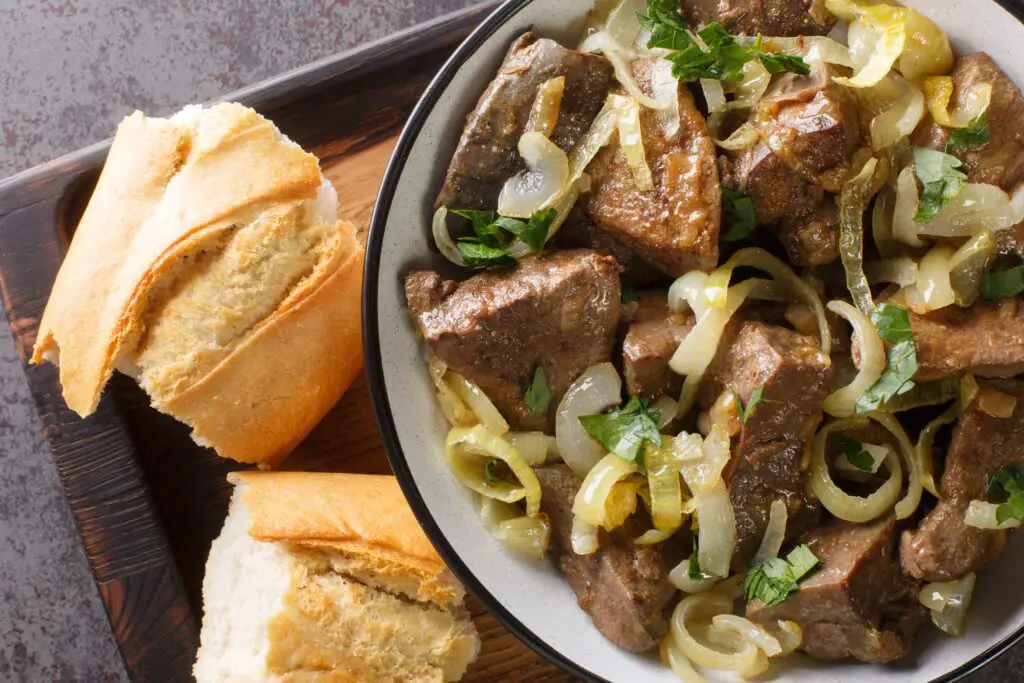
It might not be the most glamorous dish, but liver was once a dinnertime staple for your great-grandparents—and nutritionists are starting to understand why. Packed with iron, vitamin A, and B12, liver is considered one of the most nutrient-dense foods you can eat. It was often fried up with onions or blended into pâtés, and while it might seem old-fashioned today, its nutritional value is timeless. Many dietitians now recommend liver in small amounts for people struggling with fatigue or anemia says WebMD.
Back then, nothing went to waste, and nose-to-tail eating was just the norm—not a trendy food movement. Liver was cheap, easy to prepare, and filled with the kind of nutrients that people now try to get from expensive supplements. Of course, moderation is key because of its high vitamin A content, but a little goes a long way. Your great-grandparents weren’t just being thrifty—they were eating smart adds Healthline.
2. Fermented Vegetables
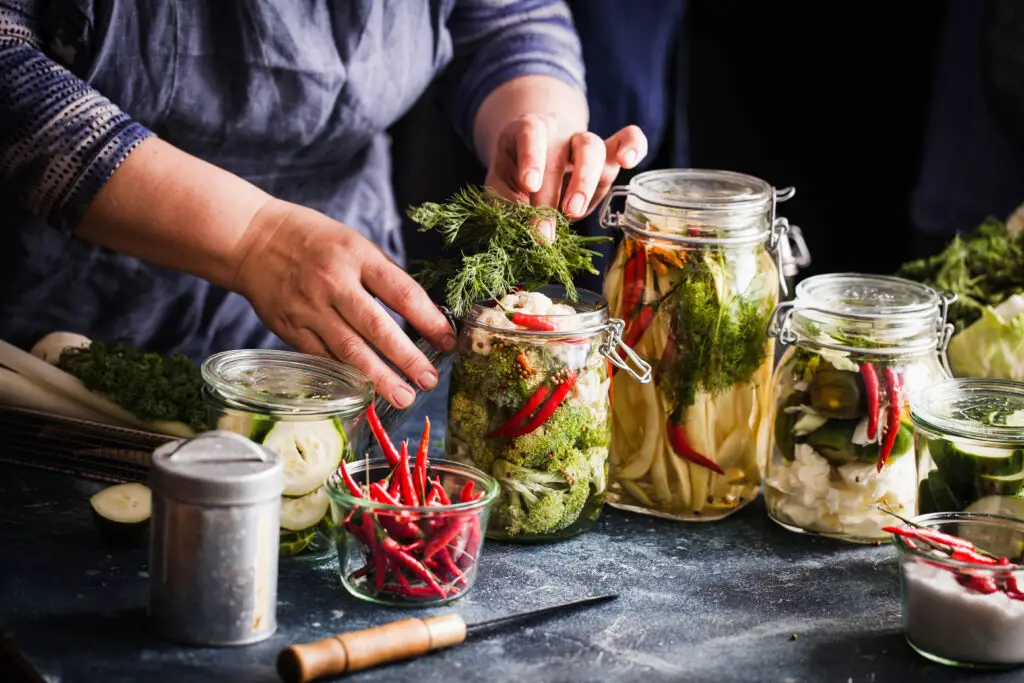
Sauerkraut and pickles weren’t just condiments in your great-grandparents’ kitchens—they were often homemade, fermented, and full of gut-friendly bacteria. Before refrigeration, fermenting was one of the only ways to preserve food through the winter. Now, we know those tangy veggies are packed with probiotics that help digestion and support the immune system shares Harvard Health.
Modern nutritionists are big fans of fermented foods for gut health, and we’re finally catching up to what past generations already knew. Homemade krauts, kimchi-style pickles, and fermented beets are making a comeback in wellness circles. These aren’t your average vinegar-drenched store pickles either—they’re the real deal, created over weeks, not hours. If your great-grandma had a crock bubbling in the basement, she was onto something. Today’s dietitians are cheering her on says EatingWell.
3. Oatmeal
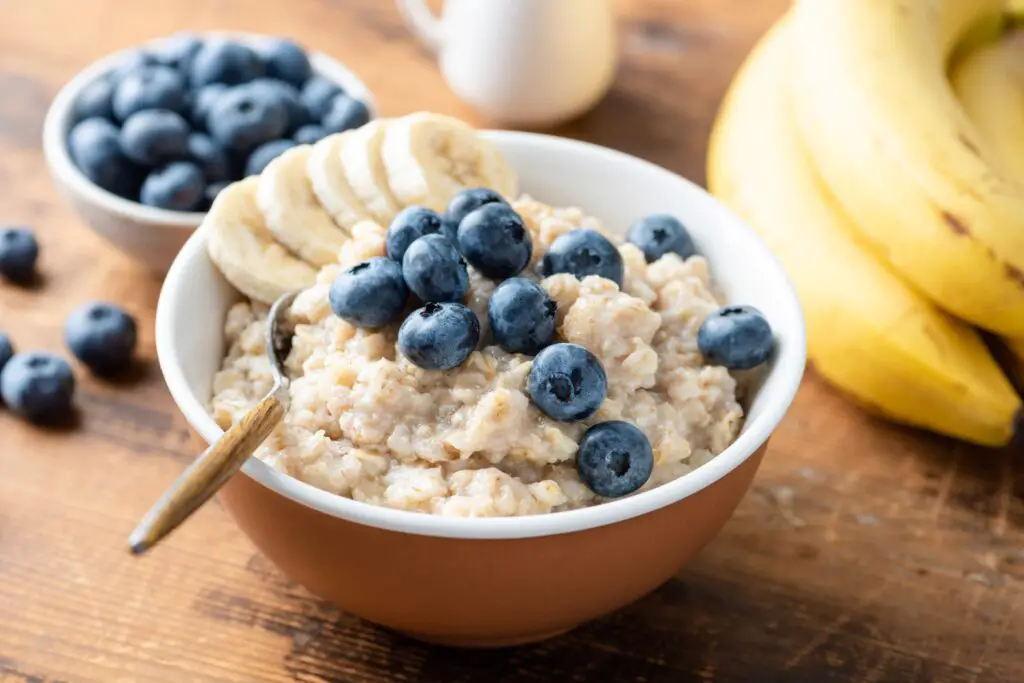
Your great-grandparents might have started their mornings with a warm bowl of oats—not the sugary instant kind, but hearty, whole grain oatmeal. They’d stir it on the stove, maybe with a splash of milk and a dollop of jam or some chopped nuts. It kept them full for hours, and it turns out that slow-burning energy is something we still need today.
Nutritionists now recommend oats for their fiber, especially beta-glucan, which helps lower cholesterol and regulate blood sugar. They’re also budget-friendly and incredibly versatile, just like they were a century ago. While the toppings might have changed, the nutritional benefits haven’t. Your great-grandparents weren’t just filling their bellies—they were setting the gold standard for a healthy breakfast.
4. Bone Broth

Bone broth was a slow-simmered kitchen staple for your great-grandparents—especially when money was tight. They’d save chicken carcasses or beef bones, let them bubble away for hours, and end up with a rich, comforting broth that became the base for soups, stews, or just a cup on its own.
Today, bone broth has become trendy again, with many nutritionists praising it for its collagen, amino acids, and minerals like magnesium and calcium. It’s great for gut health and joint support, and it’s far better than the salty boxed broth many of us are used to. There’s something soothing and nourishing about a warm mug of homemade broth. Turns out, your great-grandparents were sipping on liquid gold.
5. Cabbage
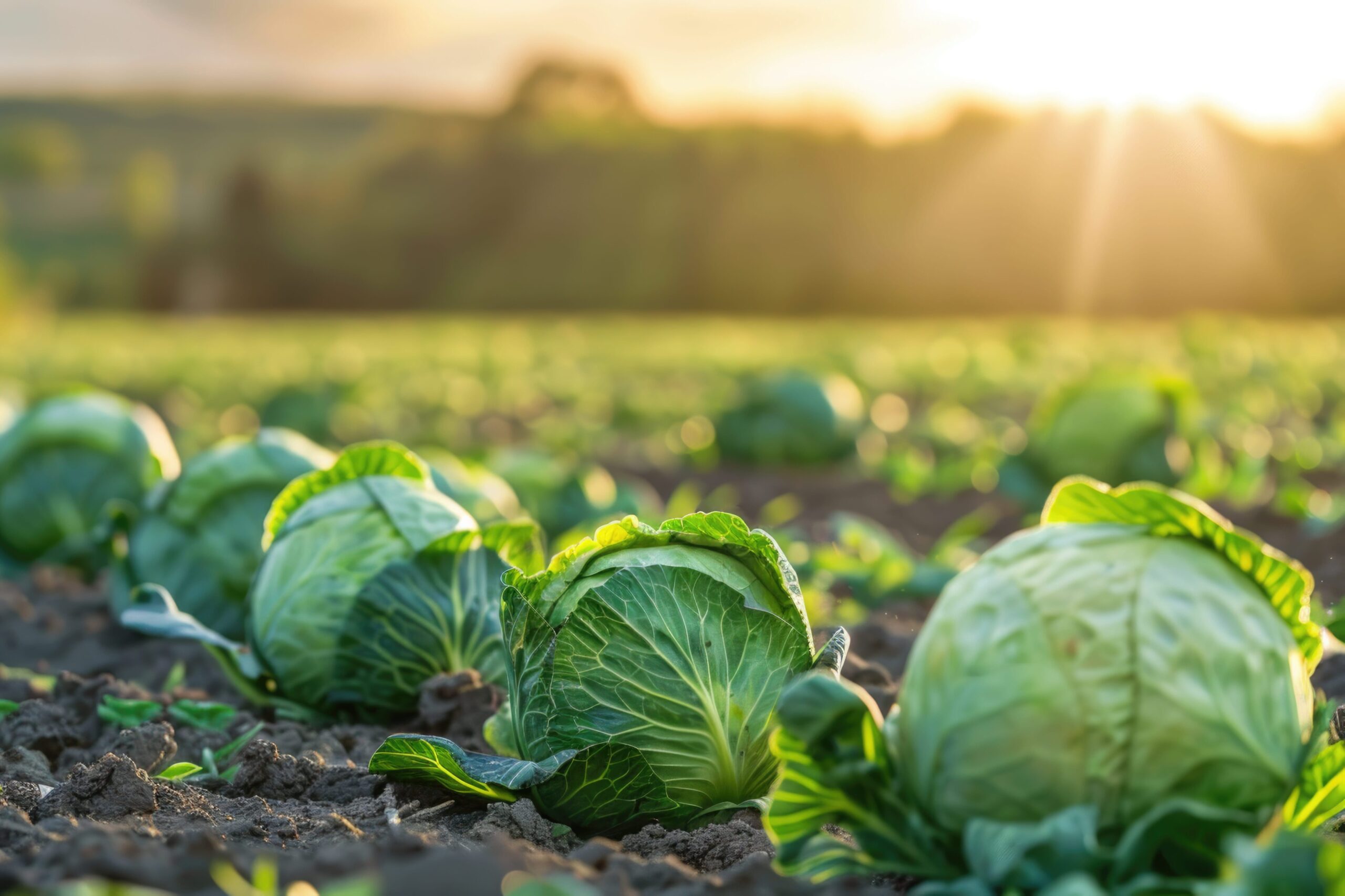
Cabbage might not win any popularity contests today, but it was a workhorse in your great-grandparents’ kitchen. It was affordable, lasted a long time, and could be used in everything from soups to slaws to stuffed cabbage rolls. Most importantly, it’s incredibly good for you.
This humble veggie is full of vitamin C, fiber, and antioxidants that support heart health and digestion. Dietitians today appreciate its cancer-fighting compounds and how filling it is without being calorie-heavy. It’s one of those foods that proves simplicity can be powerful. So if your great-grandma served boiled cabbage on the side, she wasn’t just making do—she was making smart choices.
6. Sardines

Sardines were once a pantry staple—easy to store, cheap, and surprisingly nutritious. Your great-grandparents probably had a few tins tucked away, ready to be eaten on toast or with crackers. They might seem a little old-school now, but sardines are having a quiet comeback among nutritionists.
These little fish are packed with omega-3 fatty acids, calcium (when you eat the bones), and protein. They’re a sustainable seafood option too, which makes them even more appealing. If you can get past the strong smell and try them fresh or packed in olive oil, you might find they’re more delicious than you expected. Your great-grandparents knew convenience and health could go hand-in-hand.
7. Buttermilk
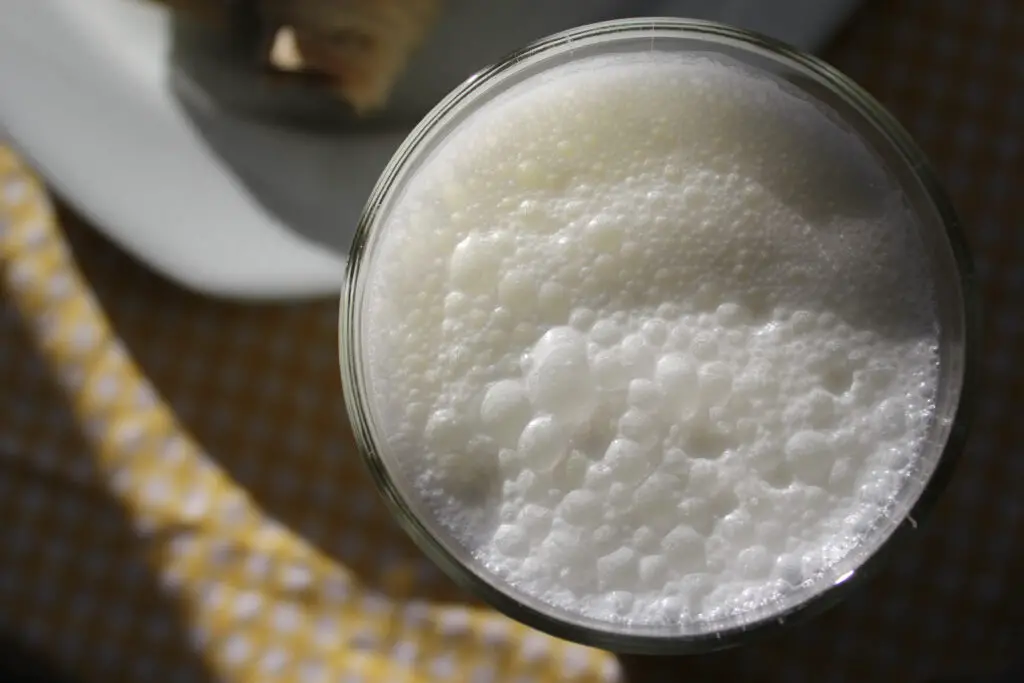
Before it became just another ingredient for pancakes, buttermilk was often enjoyed as a drink by your great-grandparents—especially in the South. It was a way to use up leftovers from butter-churning and had a tangy, refreshing taste that’s making a quiet return today.
Modern nutritionists like it for its probiotics, calcium, and lower fat content compared to regular milk. It’s great for gut health and adds a lovely richness to recipes without needing cream. You might not reach for it as a beverage anymore, but its old-fashioned charm and health perks are worth rediscovering. Your great-grandparents didn’t waste a thing—and buttermilk proves that even the by-products were full of value.
8. Buckwheat
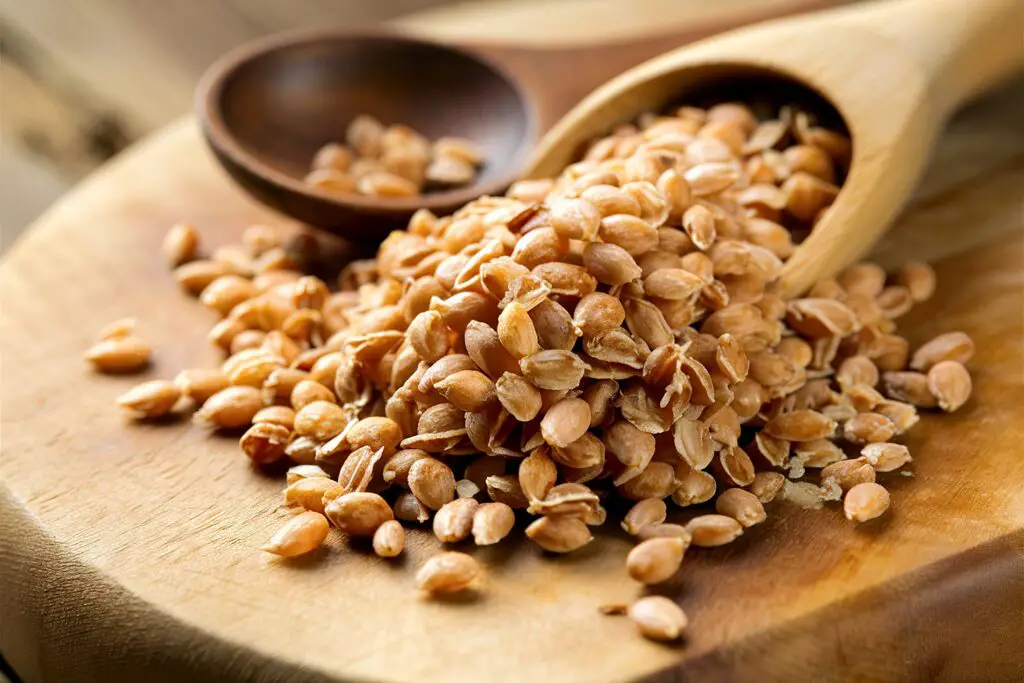
Buckwheat was a common grain substitute in your great-grandparents’ kitchen, especially during tough times. It’s not technically wheat at all—it’s a seed—and they used it in everything from pancakes to porridge.
Today, buckwheat is praised for being gluten-free, high in fiber, and rich in minerals like magnesium and manganese. Nutritionists love it for its heart-healthy compounds and its ability to help stabilize blood sugar. It’s also packed with plant-based protein, making it a great option for vegetarians. Your great-grandparents knew how to stretch their pantry—and buckwheat gave them both nutrition and variety.
9. Apples with the Peel
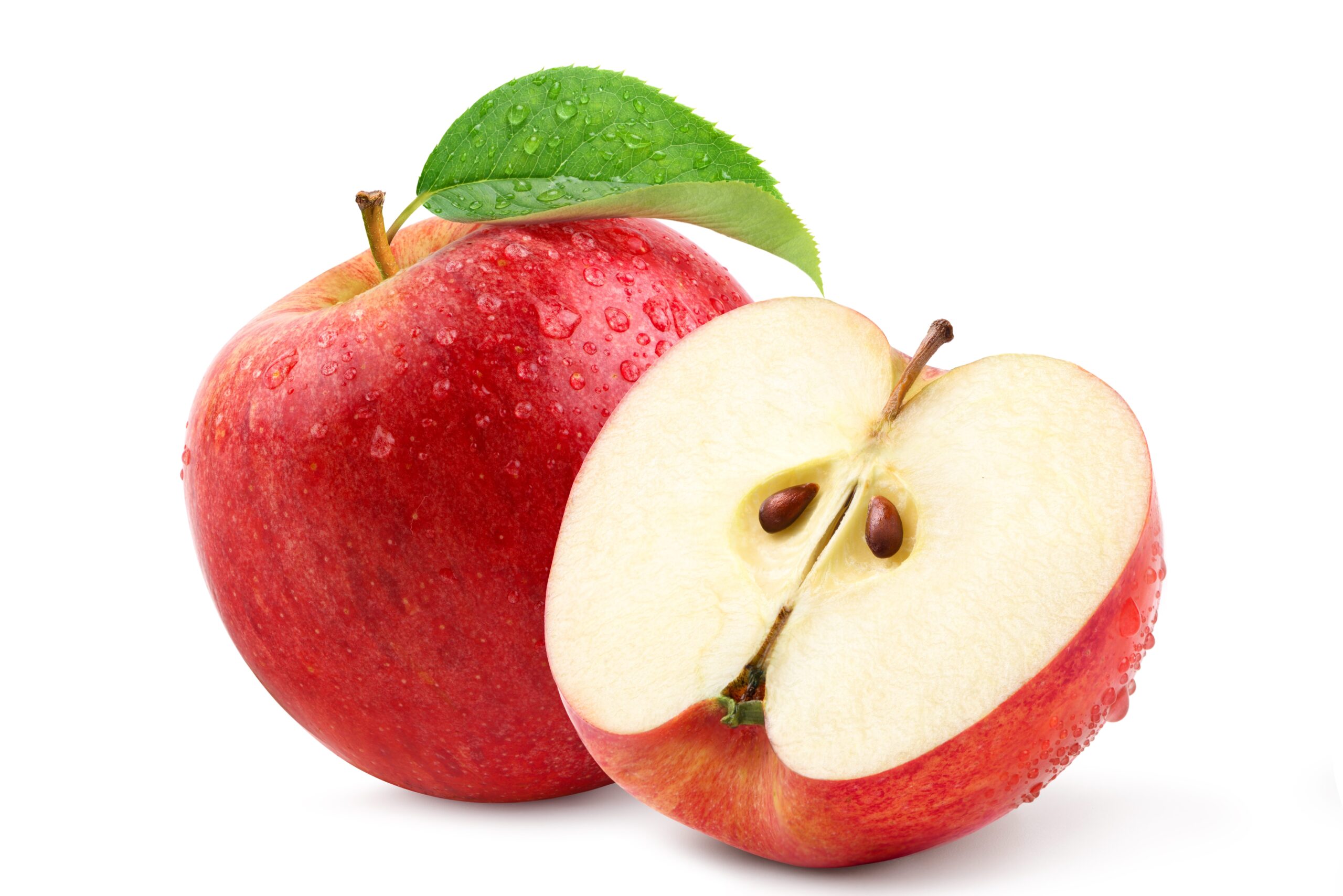
An apple a day really did help keep the doctor away, especially when your great-grandparents ate them whole—peel and all. They didn’t have fancy fruit snacks or processed options, just whatever came from the orchard or the local market.
These days, nutritionists are quick to point out that most of the fiber and antioxidants in apples live in the skin. Quercetin, a powerful anti-inflammatory compound, is one of the key benefits we now know about. Your great-grandparents might not have known the science, but they understood the value of natural, whole food. Their grab-and-go snack is still one of the healthiest around.
10. Beets
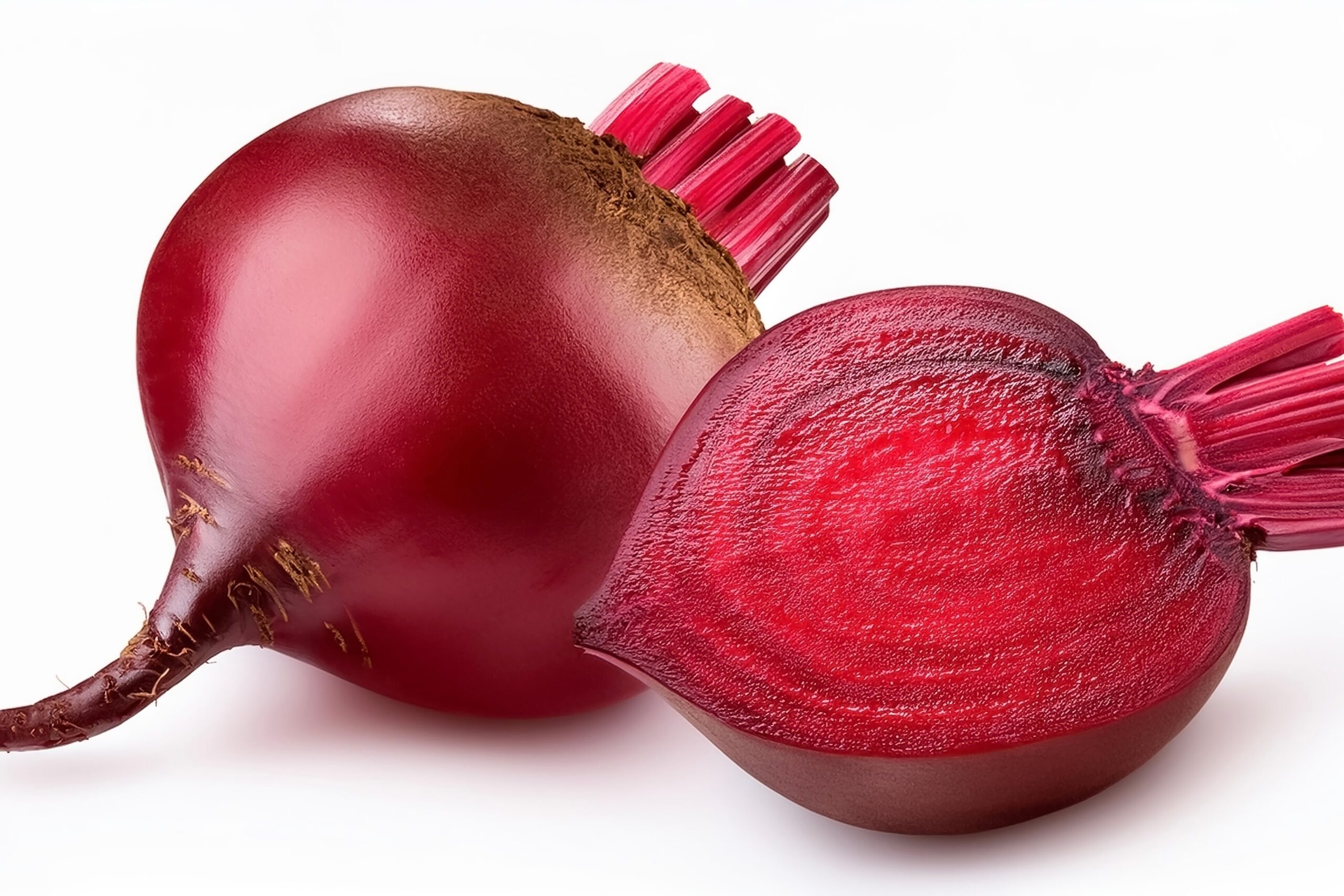
Beets were one of those root vegetables that showed up often in your great-grandparents’ kitchen. They were easy to grow, stored well, and could be roasted, pickled, or boiled. They added vibrant color to a plate and a hefty dose of nutrition too.
Nowadays, dietitians praise beets for their nitrates, which can help lower blood pressure and improve athletic performance. They’re also rich in folate and antioxidants that support brain and heart health. Whether eaten fresh or juiced, they’ve earned their superfood status. Your great-grandparents weren’t just planting a garden—they were planting longevity.
11. Whole Milk
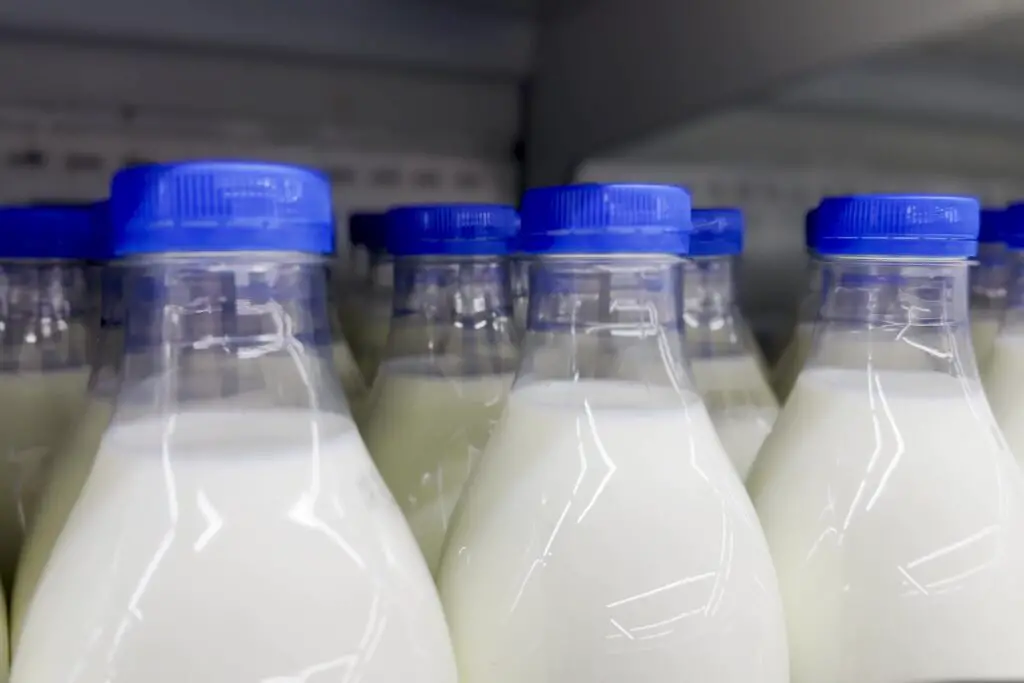
Long before “low-fat” became the buzzword, whole milk was the norm in your great-grandparents’ home. It was delivered to the doorstep in glass bottles, rich and creamy, and often served with every meal.
Today, many nutritionists are rethinking the demonization of fat—especially the kind found in whole dairy. Whole milk provides fat-soluble vitamins like A, D, E, and K, and it helps keep you full longer. For some people, it may even be better for weight control than its skim counterpart. Turns out, your great-grandparents weren’t afraid of fat—and maybe we shouldn’t be either.
12. Potatoes
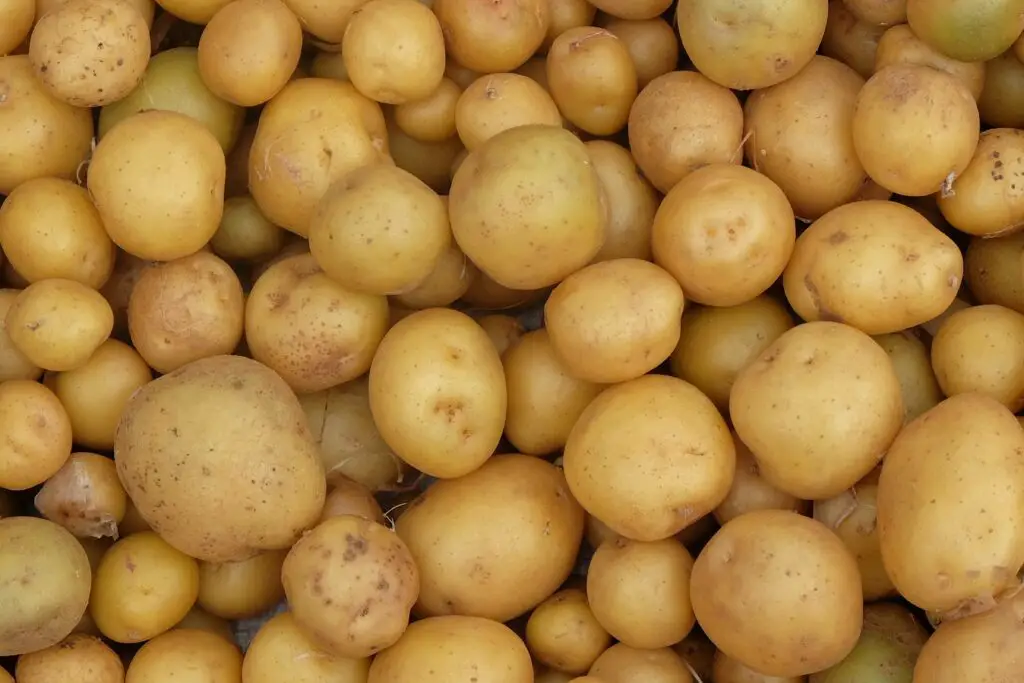
Potatoes were a dinner table classic for good reason. They were cheap, filling, and could be served a hundred different ways—from mashed to baked to fried in a skillet.
Though they’ve gotten a bad rap in recent years, nutritionists now point out that potatoes are rich in potassium, fiber (especially with the skin), and vitamin C. It’s often how we prepare them—not the potatoes themselves—that causes problems. Baked or boiled, they’re a nourishing source of energy. Your great-grandparents made them a meal’s centerpiece, and modern science is finally catching up.
